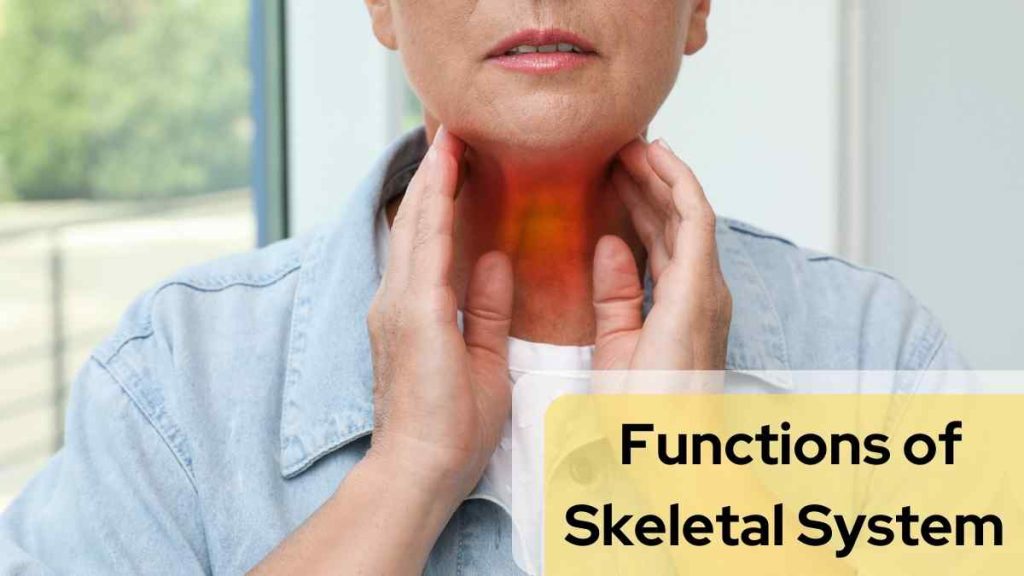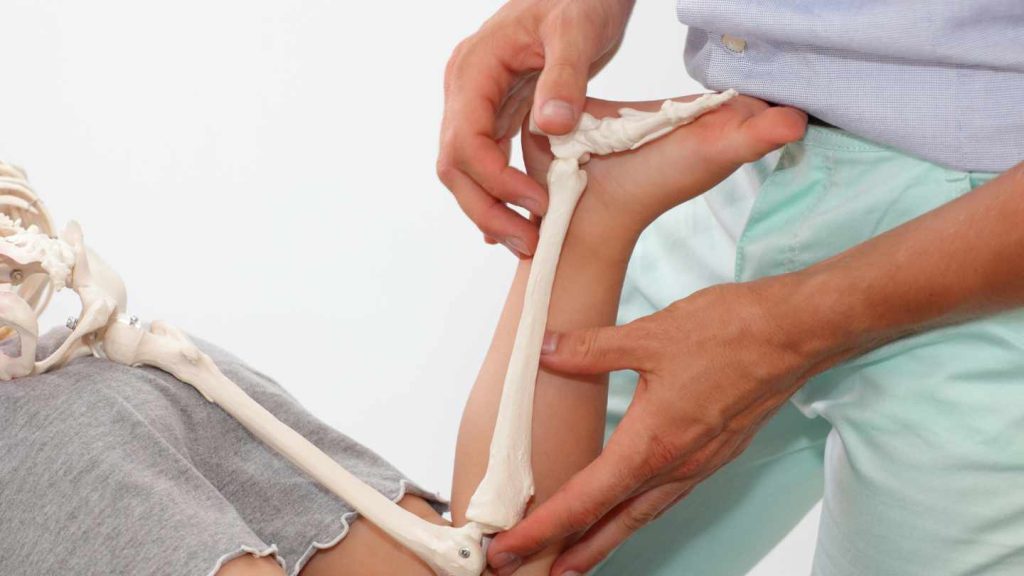- Oak Brook:(630) 705-9999
- Chicago:(312) 920-8822
- Email:inquiry@vervecollege.edu
- Make a Payment
- Home
- Programs
- Admission
- Resources
- ATI Entrance Exam Resources
- New E-Digital Library
- Refer a Friend
- School Newsletter
- Events
- Employers
- Job-Network
- Alpha Beta Kappa Candidates
- Verve College Library
- Graduation and Pinning Ceremony Photo Galleries
- Textbook Information
- Career Services
- Tutoring
- School Catalog
- FAQ
- Constitution Day Program
- Alumni
- Verve College Plans
- Financial Aid
- HEERF Reporting
- Satisfactory Academic Progress
- Apply For Financial Aid
- Net Price Calculator
- Return of Title IV Funds (R2T4)
- Financial Aid Office Code of Conduct
- Contact
- FAQs
- Verification Policy
- Vaccination Policy
- Student Right-to-Know Act
- Misrepresentation
- Information Security Program
- Academic Award Year
- Availability of Employee
- Cost of Attendance
- Health & Safety Exemption Requirement
- Students Rights and Responsibilities
- Leave of Absence
- Pell Formula
- Military Students
- Grants/ Scholarship Policy
- Contact Us
- Login
- Testimonials
- Blog
Is a Nursing Career Right For You?
Take The Free Quiz
Here are 5 Functions of the Skeletal System
Here are 5 Functions of the Skeletal System
A human skeletal system comprises bones connected through joints to form an intricate framework designed to support, protect and shape our bodies. Each bone in the human body comprises millions of cells, minerals, and protein fibers which make up its composition. Without our skeletons, daily activities such as standing, sitting, or walking would not be possible. Illinois College of Nursing tuition helps students with an in-depth understanding. The Skeletal System can be divided into two subsystems and functions:
Axial Skeletal Structure
The axial skeleton comprises 80 bones. These include the skull, spines, sternums, auditory ossicles, and ribs.
Skull
A skull in the human skeleton provides protection and covers the delicate brain. Composed of two distinct bones: the cranium, which surrounds and protects the brain, with eight plate-shaped bones connected by sutures; 14 additional facial bones compose facial bone structures, with Mandible being the only moveable one forming the lower jaw and keeping teeth in their proper places.
Vertebral Column
The vertebral column or spine comprises nerves, muscles, tendons, and ligaments interlinked together by nerve endings; damage to any of these parts may lead to pain, neurological symptoms, or mobility loss.
Sternum or Chest Bone
Also referred to as the chest bone, the long, flat bone located at the midline of your chest can also be known as the sternum; this long bone protects the heart, lungs, and major blood vessels within its area of operation.
Hyoid bone
The hyoid bone connects muscles to the floor and tongue of the mouth and the larynx, with strap muscles anchoring its U-shape against other bones in its area of operation. Supported by tongue muscles, it stands alone without joints with other bones – acting as an intermediary between postcranial skeletons and skullbone.
Auditory Ossicles
Three small bones within the middle ear, known as auditory ossicles, help transmit sound waves from outside into the cochlea, which contains fluid for processing sound into speech signals and vice versa. Without proper functioning auditory organs, hearing loss can ensue.
Ribs
Our ribs protect our internal organs, such as our heart and lungs. Consisting of 12 long, curved bones which form an outer casing for our chest area (thorax), these ribs form part of the bony chest as part of bony protection of the thoracic torso area and articulate with vertebral columns as they end in costal cartilage (posteriorly and anteriorly respectively). As a nursing student, you should look for licensed practical nurse programs near me to learn more about these aspects.
Appendicular Skeletal System
The appendicular skeletal system serves to support our appendages. Comprised of 186 bones from both limbs and pelvic girdles, its composition includes six groups that make up its composition:
The Shoulder Girdle
This consists of four bones connected by ligaments that connect them directly to each arm and four muscles that anchor to a larger bone called appendicular bone containing the human’s clavicle and scapula, respectively.
Forearms and Arms
This region in the appendicular skeleton comprises six bones, with the humerus and radius as large bones.
Hands
Composed of 54 bones that offer support and flexibility to the soft tissues within, they make up our hands. Their bones can be divided into carpals (metacarpals), phalanges, and metacarpals.
Pelvis
The pelvis is a bony ring located at the base of your trunk that comprises two bones: the coccyx and sacrum, connected by ligaments that help facilitate movements.
Thighs and Legs
The bones in the thighs and legs support muscles in the lower limbs and are essential to walking, standing up straight, jumping over obstacles, running, and jumping over them. The largest bone is called the femur, while two more bones connected at the ankle and knee are the fibula and tibia, respectively, in the lower leg bones.
Feet and Ankles
The feet and ankles provide the main, stable platform for our entire bodies to function on. Phalanges, metatarsals, and tarsals serve as key bones here. Look for private LPN schools near me to make a bright career in the medical field.
Five Major Functions of the Skeletal System
Here are 5 major functions of the skeletal system:
- Support: The bones, cartilages, and other structural elements provide support for our bodies by maintaining their shape. Without these vital skeletal elements, our bodies would disintegrate rapidly.
- Protect: The skeletal system serves a critical purpose by safeguarding internal organs. Structures like the skull and rib cage provide crucial defense for brain, lung, and spinal cord organs.
- Movement: A wide range of body movements results from coordinated action among the skeletal system, nervous system, and muscles.
- Mineral Storage: Bones serve as reservoirs to store calcium and phosphorus reserves essential to maintaining overall calcium metabolism in our bodies. This makes bones crucial to this vital process of bone health.
- Production of Blood Cells: The bone marrow is where hematopoiesis occurs and also plays an essential part in endocrine regulation by providing non-collagenous hormones such as osteocalcin that control cellular responses to insulin stimulation.
 Sign up
Sign up Login
Login





